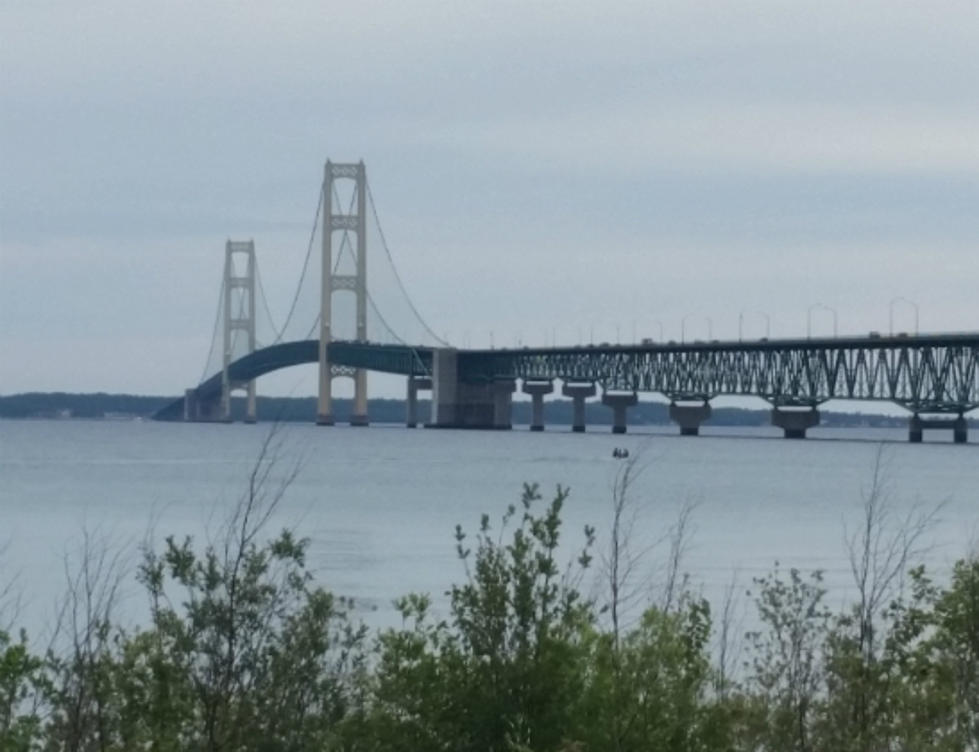
Six Ways High Lake Levels Can Kill You
We reported the grim but not surprising news last week that Great Lakes water levels continue to rise and will be at all-time levels this year on lakes Michigan and Huron.
The US Army Corp of Engineers in Detroit is warning Michiganders about how dangerous high lake levels can be. Just recently, a young couple were swept off a pier near Holland. A 19 year old girl is missing and presumed dead.
1. Submerged Structures. Use extreme vigilance while boating - many piers, docks and portions of breakwaters are currently under water and not visible above the water surface. Winds often affect local water levels, pushing them dramatically higher during storms and windy days. Structures that may be visible on a calm day may not be visible on a windy day.
2. Walking along breakwater structures can be hazardous - uneven slippery surfaces, especially when doubled with wave action, increase the risk of falling in to the water. Large armor stones may be hidden below the water surface and there is risk of getting wedged between armor stones or striking a stone with one's body, should an individual fall or jump into the water.
3. Rip Currents. Water circulation can differ with changes in water levels. When water levels, wind and waves increase, so does the risk of dangerous currents. Rip currents and structural currents are a common cause of drowning. Rip currents are fast-moving, narrow currents of water that flow away from shore. Structural currents can occur at fixed structures such as breakwaters and piers, and flow away from shore parallel to the structure. To get out of a rip current, it is advised to "Flip, Float, Follow" until the current subsides to save your energy and reduce your risk of drowning.
4. Electric Shock and Drowning. Electric shock drowning is an increased risk due to high water levels. Water-overtopped docks at marinas or public areas may have electrical hook-ups, which have the potential to shock someone that has come in contact with the water. When immobile due to shock, the risk of drowning increases.
5. Cold water, even in summer months, can be a significant safety threat. Water can quickly drop in temperature up to 30 degrees when upwelling takes place, which is caused when winds push warm surface water away from an area and cold water moves in. Being immersed in cold water (60°F degrees and colder) can cause cold water shock during the first minute of exposure. Cold water shock causes gasping and difficulty in breathing, followed by muscle failure, all of which can lead to drowning.
We'll add one more:
6. The shoreline could erode so much that your house falls off the cliff and tumbles into the Lake. It happened recently to the Gancer family. Their 130 year old home near South Haven tumbled into the lake
More From WBCKFM









